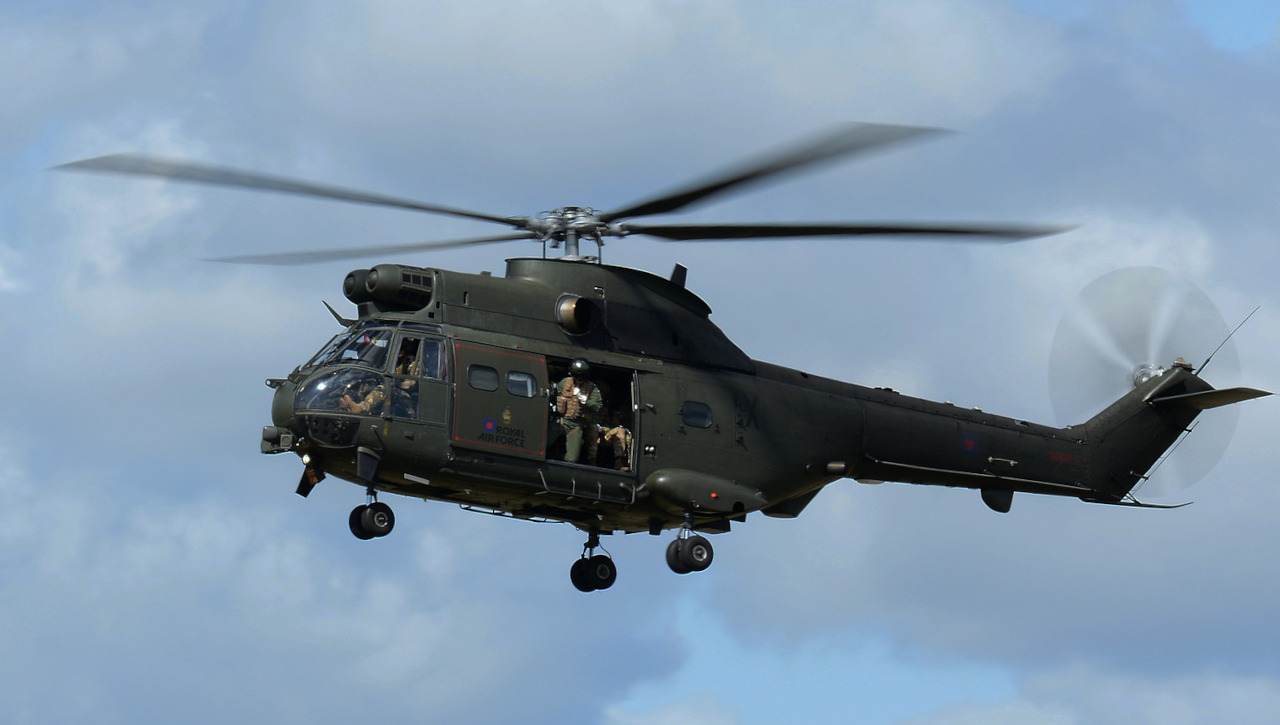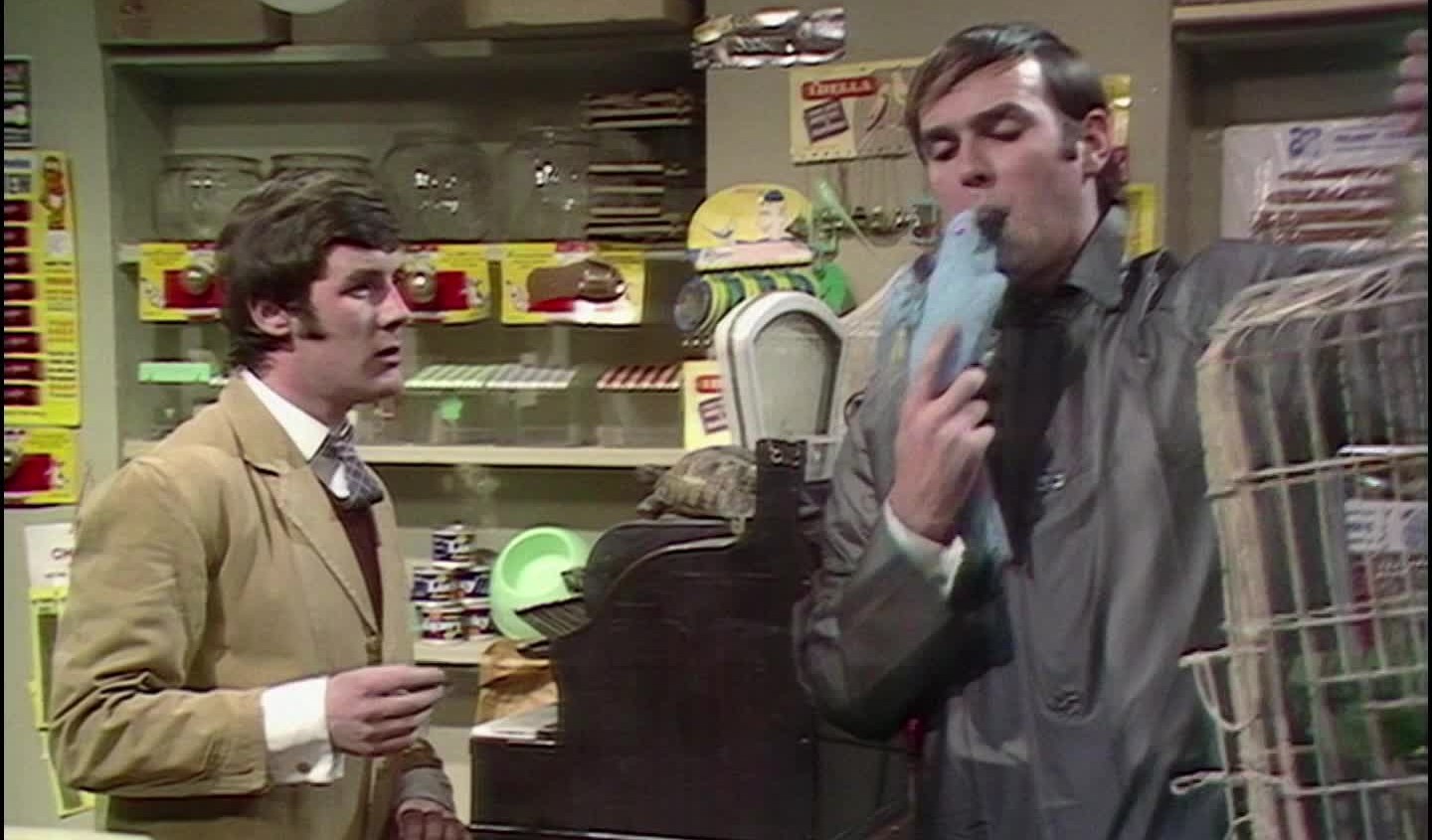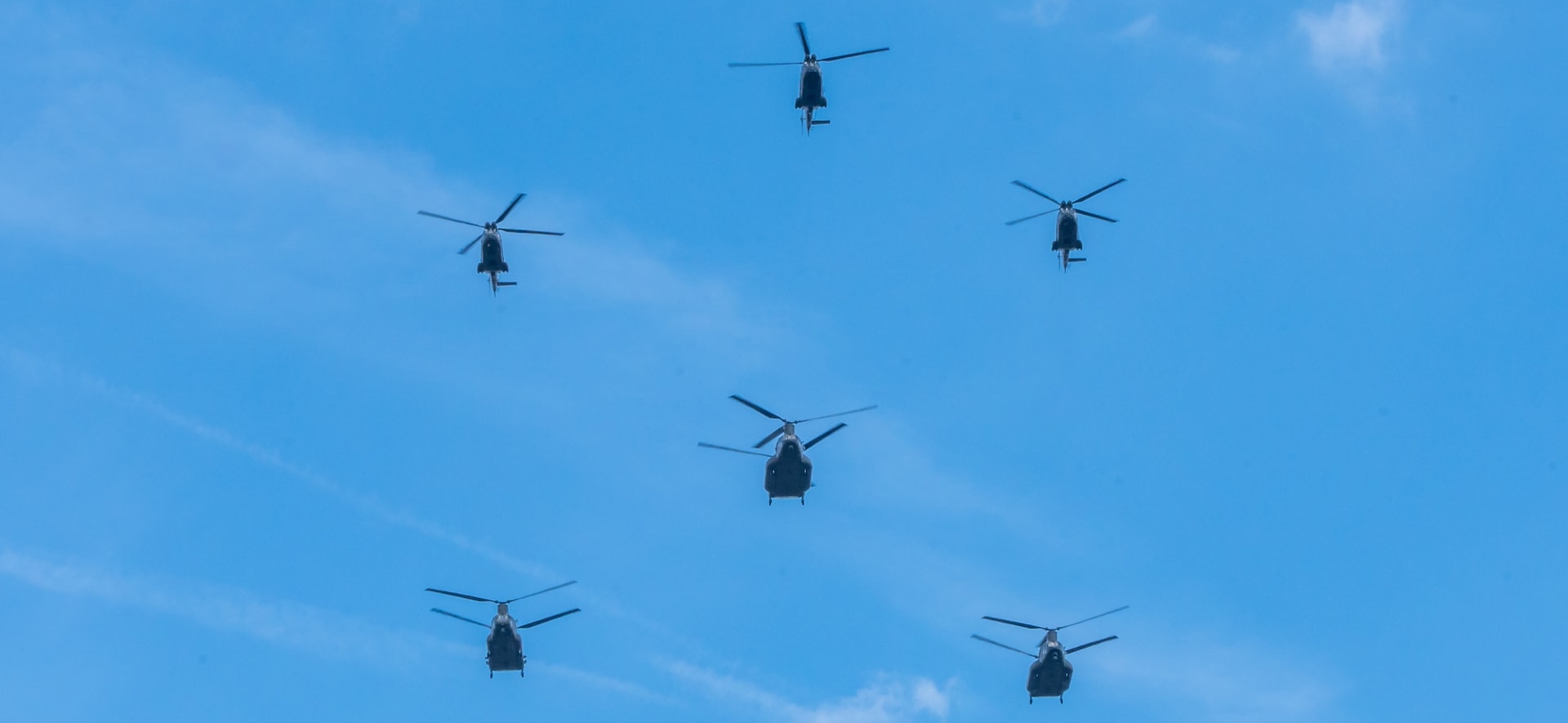The UK's New Medium Helicopter and the future of British rotary wing capability

Like many, I’m following the UK's New Medium Helicopter (NMH) programme with great interest. Although there is no final confirmation of numbers, procurement strategy or in-service date, the expectation is a competitive procurement of 36 to 44 aircraft with deliveries starting 2025, to replace mainly the RAF’s Pumas but also Bell 212 and 412 aircraft in Cyprus and Brunei, as well as Dauphins discretely operated without military markings in support of UK Special Forces.
By my reckoning, this will be the first competitive UK rotorcraft procurement of significance since 1995 when the Boeing/Westland Apache was selected ahead of a strong field that initially included the Tiger, Cobra, Mangusta and Rooivalk.
There’s also no escaping the fact that this is the only potential programme that could result in helicopters actually being manufactured in the UK for many years, and so the decision will have a massive impact on the future of the UK helicopter industry.
The UK Government’s March 2021 Defence and Security Industrial Strategy contained a number of strong commitments to maintain independent capability in some strategic fields including nuclear warheads, combat air and cyber, and goes as far as promising a continuous shipbuilding pipeline and 30 year plan for the UK naval industry. Unfortunately the Rotary Wing commitments are much weaker, talking only of the need to support and upgrade fleets and the “the potential for co-development” but no promise to maintain a domestic production capability. However it will be a surprise if politics don’t play a part in the final decision and the bidders will be assessed on the “Social Value” their offers provide.
The 2030s will see a new generation of helicopters entering service with the US Future Long-Range Assault Aircraft (FLRAA) and the NATO Next Generation Rotorcraft Capability (NGRC) programmes currently underway, leading to platforms with increased speed and range. This leaves NMH feeling like a stopgap that is unlikely to match the Puma’s 50-odd years of RAF service. Nonetheless, the NMH programme will need to keep UK industrial capability ticking over if it is to be in a position to play a part in those future programmes, and with deliveries expected to start in 2025, the MOD will be looking for a low-risk and non-developmental solution that won’t lead to embarrassment in future National Audit Office reports.
While Bell and Boeing have also declared an interest, the current front-runners are considered to be Lockheed Martin with the S-70M Blackhawk, Leonardo with the AW149 and Airbus with the H175M. The Blackhawk is the only contender designed from the word go as a military platform. It’s highly capable, combat proven and is in widespread service with allies all around the world. It would undoubtedly be a popular choice with UK operators, but regardless of the promise of support and training work for UK industry you have to wonder about the optics of having the aircraft built in Poland and how that aligns with the UK Government’s post-Brexit “Levelling Up” agenda? Also, as a Dauphin-replacement for SF support it is significantly bigger and heavier than the aircraft it would replace, and regardless of the paint job it will always look like, well, a Blackhawk and is unlikely to be mistaken for a civilian aircraft by anyone with a passing knowledge of helicopters…..
Leonardo and Airbus have stated that the AW149 and H175M would be built in Yeovil and Broughton respectively. Both are derived from civil aircraft and are broadly Puma-sized. With Leonardo running out of Wildcat and Merlin work in the UK, a failure to win NMH could be disastrous for the future of helicopter production in Yeovil. Does the MOD have the stomach for a seismic shift in helicopter production from Somerset to North Wales, or even abroad? And with NMH production likely only to run until 2030, I hope any bidder promises of future follow-on export work are challenged robustly during the bid assessments. Or maybe an innovative low cost and risk bid will emerge to tide the UK over until FLRAA or NGRC are available?
The priority of course must be an outcome that gives UK Armed Forces a capable and reliable helicopter they can depend on during whatever armed conflicts and humanitarian missions we have to look forward to in the next decade. But after a long career in the aerospace and defence world, I hope the final decision supports UK industry and preserves the capability to play a major part in the development and production of the new generation of rotorcraft to come.




